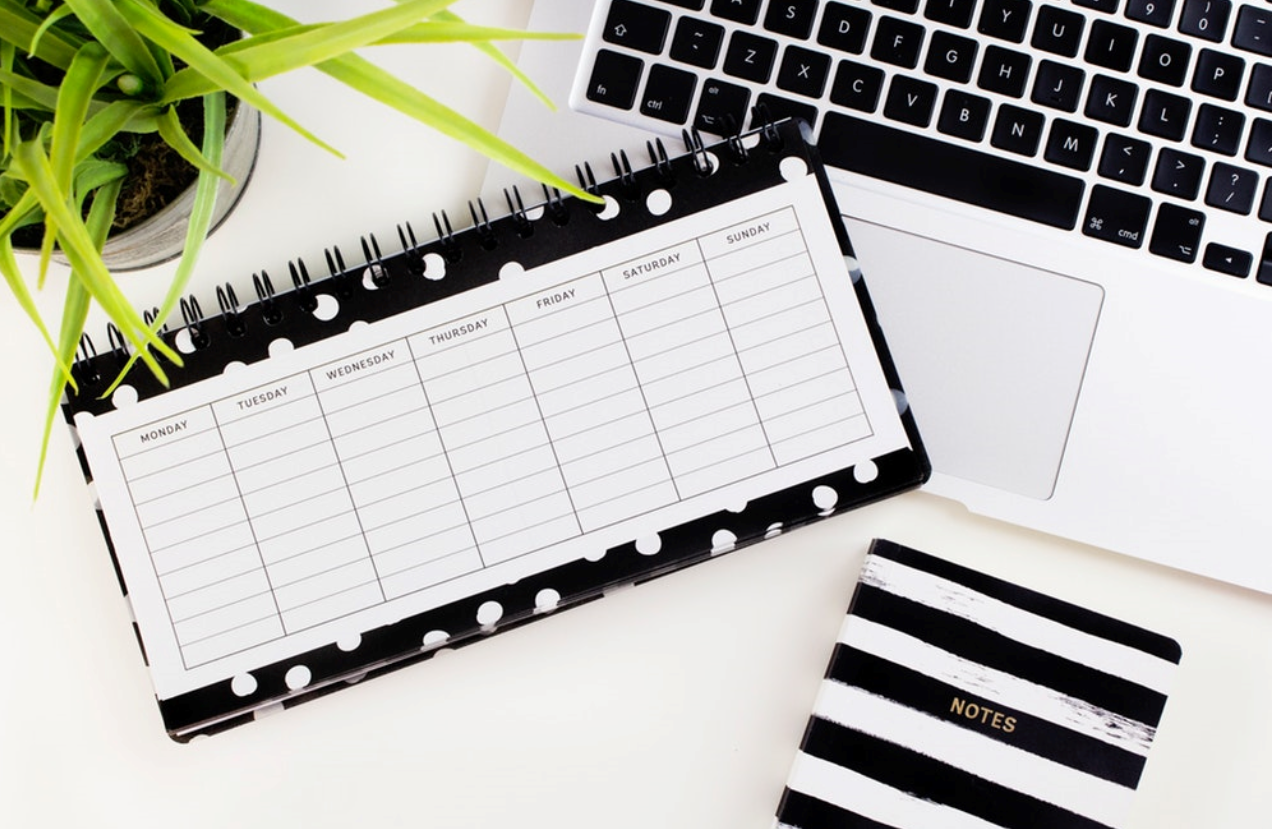“If you chase two rabbits, you won’t catch either one.” —Russian Proverb
The BIG IDEA—Once you have recognized the importance of carefully investing your time, decided what is most important at work and at home, and you’ve started saying NO to a lot of stuff—then you need to stop multitasking and do one thing at a time with intense focus.
Multitasking became popular because people wanted to get more done. But research clearly shows that multitasking doesn’t help you. In fact, it actually slows you down and can harm other important cognitive abilities. And the more you do it, the more you reinforce poor working habits.
We’ve all had the experience of sitting down at our desks to start a rigorous project that will take a lot of focus. We dive into the task and begin to get immersed in the challenge. 15 minutes later as we are entering a deep state of focus, the phone rings, then someone stops by to chat, and then we feel our phone vibrate with a text message.
We try to pick up where we left off, but our brain needs time to re-engage with the task.
What was I doing again?
What if you could get back 16 hours of time per week?
A UC Irvine study by Gloria Mark suggested that it can take up to 23 minutes to return to a deep state of concentration!
Researchers have long said we aren’t actually multitasking, we are really task switching— i.e. rapidly going back and forth between two tasks—not literally doing two things simultaneously. This isn’t possible unless you are doing extremely simple things.
The American Psychological Association says the cost of multitasking is about a 40% loss in productivity. That translates into 16 hours of your work week!
Let me repeat this point so you don’t miss it—If you do one thing at a time with disciplined focus, you could get back as much as 16 hours in your work week.
What could you do with 16 hours more time?
In 2009, Stanford researchers found that people who multitask “are suckers for the irrelevant…everything distracts them.” They also said, “People who are regularly bombarded with several streams of information do not pay attention, control their memory, or switch from one job to another as well as those who prefer to complete one task at a time.”
And people who multitask have a huge blind spot. The Stanford research conclusively indicates they are not nearly as efficient as they think they are.
Like the well-worn path of a river—the more you multitask, the more your brain prefers to follow that same familiar groove. In a very real sense, we are physically wiring our brains to be distracted. That is why people often feel a very real addiction to multitasking. The tug to do it is very strong.
It might be even more important to eliminate multitasking from our home life.
If you think you can scroll through your iPad while watching TV and text messaging people—then walk in to work the next morning and become hyper-focused—think again!
A study at the University of London noted that participants who multitasked during cognitive tasks experienced declines similar to people who smoked marijuana or stayed up all night. The participants showed up to a 15-point drop in IQ!
Like any other skill, if we practice being distracted, we will be distracted.
But the good news is that we can also rebuild the muscle of focus and concentration. Because of neural plasticity—to a great extent—we can literally rewire our brains. We can get our concentration back.
Think about this for a moment—How important is attention and concentration for your life?
It’s worth reclaiming.
And if the huge decrease in productivity caused by multitasking were not enough reason to stop, multitasking very likely contributes to a state of restless, impatient, agitation (mild fight-or-flight or hyperarousal), which over the long haul is likely to do things like increase cortisol and have harmful effects on our physical health.
Turn information into action
Here are some strategies you can use to break your multitasking habits and become an elite single-tasker. Pick one or two and begin experimenting:
- Do one thing at a time. In fact, do less in general, so you don’t have to fit it all in.
- Use time blocking to schedule one thing at a time into your calendar.
- Remove environmental distractors when you need to concentrate.
- Have hours when you are not available. Close your office door a few times per day.
- Disable email flashes, instant messaging, and app notifications on your computer or phone.
- Set times to check email 2-3 times per day unless your job is monitoring email. This is absolutely critical. Train people to call you if urgent. You can eventually un-train them to expect an immediate email back from you.
- Put your phone in airplane mode or better yet, your trunk, while working! Several well-known studies suggest the mere presence of a device in the room with you degrades your ability to focus. It’s like your device is calling out to you to pick it up.
- Stop watching TV while doing other tasks (other than maybe exercise).
- Do not check your phone while interacting with an actual human.
- Set limits for screen time for your kids and set a no-device rule for dinner time.
- I also highly recommend the Headspace meditation app. The benefits of mindfulness meditation are well-documented for how it helps you to slow down your thinking, increase focus, and regain concentration.
- Remember, more is caught than taught. Your team members and your kids are likely to copy your behavior in this area.
Have a great weekend!
Parker
*If you have enjoyed Parker’s blog, check out The Next Peak Podcast that Parker co-hosts. We interview successful leaders and discuss research-based principles that help people win in the workplace without compromising the things that matter most—relationships, a life of purpose, and health.
Suggested Resources
- Read the rest of this series!
- Stanford Multitasking study
- American Psychological Association on Multitasking




